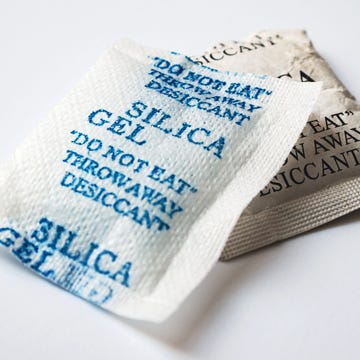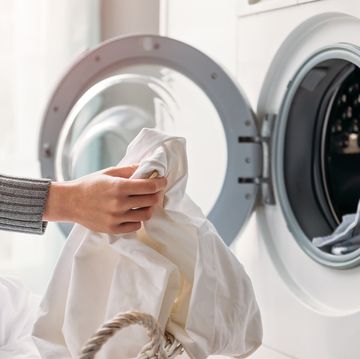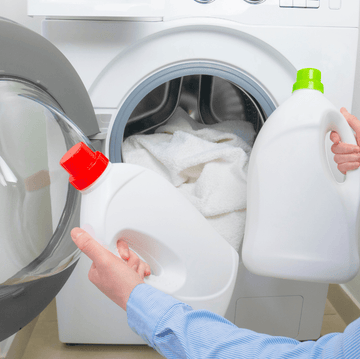Where would we be without dishwashers? Likely spending a lot more time elbow-deep in suds. But as with washing machines, many of us stick to one or two trusted settings out of habit — ignoring a range of helpful functions that could make our lives easier.
Your dishwasher’s control panel may be packed with features designed to handle everything from scorched pans to half-loads — but only if you know how to use them. That said, not every function is worth your time (or your energy bill).
Below, we break down five must-use dishwasher settings and two that are better avoided.
What to read next
Dishwasher settings you should be using
1. Eco
Eco mode is one of the most energy-efficient cycles available. It uses less water and electricity by operating at a lower temperature over a longer period, making it ideal for your everyday dishes.
According to Bosch, switching from an Auto to an Eco cycle could save you around 523 kWh per year. That’s a noticeable dent in your utility bill.
The downside? It’s not the best option for deeply soiled items. But for plates with everyday food residue, it gets the job done gently and efficiently.
2. Auto
Auto or Sensor settings are increasingly common in newer dishwashers and have largely replaced the traditional ‘Normal’ cycle. These clever programmes detect how dirty your load is and adjust the temperature, water usage, and cycle time automatically.
While not as energy-saving as Eco mode, it offers a great balance between performance and efficiency, and works well for dishes that need more than a basic rinse but aren’t heavily soiled.
3. Intensive
The Intensive cycle is your go-to for tackling burnt-on food and greasy cookware. It operates at around 70°C, using more water and power to blast through tough residue.
Yes, it’s energy-hungry — often using twice as much as the Eco setting — but it’s ideal for saucepans, casserole dishes, and baked-on trays. Just be sure to load heavy items facing downward to maximise spray coverage.
4. Half Load
Running a half-empty dishwasher can feel wasteful, and often is. But if your machine has a Half Load option, it can target either the top or bottom rack, reducing water and energy use when you don’t have a full drum.
It's perfect for smaller households or those midweek washes when only one rack fills up. While not suited for mixed loads (glassware and pots together), it's still a resource-saving backup when you need it.
5. Self-clean
Like any hardworking appliance, your dishwasher needs cleaning too. Some models come with a dedicated Self-Clean cycle — designed to flush out grease, food residue, and limescale from the interior and spray arms.
Use this cycle regularly, especially if your dishwasher recommends a specific cleaner like Dr. Beckmann Service-it Deep Clean. Don’t forget to manually clean the door seals and filters as well to keep it running smoothly.
Dishwasher settings to stop using
1. Pre-wash
This setting does what it says on the tin: gives dishes a quick rinse before the actual cleaning cycle. While useful in theory, it's often unnecessary in practice.
Modern dishwashers are designed to handle normal food residue, so pre-rinsing, either in the sink or via a pre-wash cycle typically just wastes water and electricity. Plus, most main cycles already include a built-in pre-rinse anyway.
The only time it might be worth using? For loads with very heavy or dried-on residue that will be sitting in the machine for a while before the main wash.
2. Extra dry
Extra Dry extends the drying phase by increasing the heat and time at the end of a cycle, ensuring your dishes come out bone-dry. While that sounds great, it adds unnecessary energy consumption for a minor benefit.
Most machines now open their doors automatically to air-dry the load, which works just as well. If you’re in a rush and need the dishes cupboard-ready straight away, it's useful — but otherwise, you can skip it.
GHI Tip: If dishes aren’t drying properly, try topping up your rinse aid. It helps water sheet off and reduces spots and streaks.


















